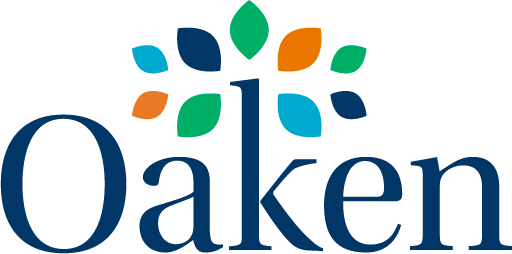Going back to work after maternity leave can be a big adjustment. After all, you’ve probably spent every day of the last year with your precious new baby. With all the emotions that come with going back to your job, there’s a financial aspect to consider as well. You’ll be earning a full paycheck again, but things have changed. There are new expenses and different priorities to consider when it come to your spending.
Child care expenses
Parents are responsible for daycare costs for their children who are not yet of school age. While daycare fees fluctuate depending on where you live in Canada, the cost can be significant for most new parents.
According to the latest report by the Canadian Centre for Policy Alternatives, cities in and around the Greater Toronto Area (GTA) and Metro Vancouver continue to have the highest fees for infants. Toronto tops the list with an average monthly cost of $1,685, or $20,220 a year. Mississauga, Hamilton and Kitchener follow at more than $1,490 a month, while fees in Vancouver were $1,400 a month. Clearly, daycare costs will take a large chunk from your take home pay.
Your retirement savings
If you put a hold on contributing to your retirement savings while on maternity leave, it’s time to think about getting back on track. If you can, you should resume making contributions to your Retirement Savings Plan (RSP) along with your regular pension contributions.
A common “rule of thumb” is that 10% of your gross pay should go towards your retirement savings. Of course, the amount you set aside each month will depend on your personal circumstances. But if you’ve fallen behind in your savings, you may need to contribute more in order to catch up.
Savings for your child’s education
You also need to start thinking about saving for your child’s post-secondary education expenses, and the sooner you start saving, the better. If you haven’t already, consider opening a Registered Education Savings Plan (RESP) for your baby and start making regular contributions.
Keep in mind that the money in an RESP grows tax-free, and for every dollar you contribute the federal government’s Canada Education Savings Grant (CESG) pays 20%, to a maximum of $500 a year or $7,200 per lifetime. The earlier you get the CESG working for you, the longer it has to grow.
Emergency fund
If you haven’t got one already, it’s time to build an emergency fund to anticipate unforeseen events. Your emergency fund should be sufficient to cover three months of your household expenditures, including mortgage or rent, groceries, utilities, insurance, taxes, car payments, membership fees and any other unavoidable expenses. After becoming a parent, it’s important to make sure your family is protected if you're unable to work for a period of time.
Keep spending under control
Now that you’re back at work and earning your full salary again, it can be tempting to spend more on luxuries and other non-essential items. Like any discretionary purchase, if you want something and you can afford it without adding to your debt or sacrificing your savings, then go for it. But don’t be guided by emotional spending that will have you coming home with bags of stuff that you don’t really need.




 Saving strategies
Saving strategies
